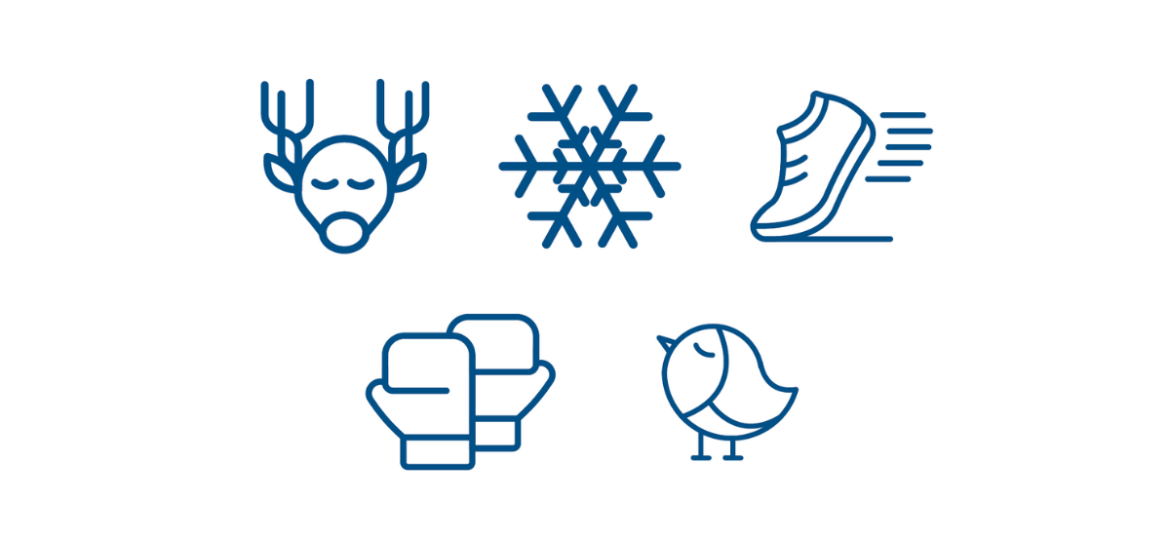
When I mention a “stress response,” what comes up first for you? If it’s “fight or flight,” that makes perfect sense because those two often get most of the attention. However, there are actually five stress responses, none of which are inherently good or bad. They just are. They’re part of being human.
The purpose of understanding stress responses is not to stop having stress responses . . . that would be impossible. The responses themselves are not a problem. The problems come when we don’t realize they’re running the show.
Later in this series, we’ll unpack each response in-depth. For now, let’s begin the conversation by getting a glimpse of the big picture.
- Fight. We don’t often see physical fighting in the workplace (thankfully.), but the response shows up all the same in other ways: using an aggressive tone, having an aggressive posture, banging your fists on the table, slamming a door, and so on. Fight responses are healthy when we use them to advocate for ourselves or others, but they’re unhealthy when we lose our cool, say things we regret, or show up in ways that don’t promote a safe work environment.
- Flight. When we’re in flight mode, we exit, whether physically, mentally, and/or emotionally. This could look like physically leaving a situation that our brain has deemed to be a threat, which could sometimes be appropriate. Most often in the workplace, though, flight can look like switching off attention. Saying “I have to take this phone call,” or “I have to put out this fire,” . . . or simply switching off our ears to the person speaking and/or the topic at hand . . . are all examples of flight responses.
- Freeze. Have you ever had a moment where you were so overwhelmed that everything felt like it was moving in slow motion? A situation where you have to do so much that you actually can’t do anything at all? This is a freeze response, which can manifest physically as well as a form of paralysis. (Once, I froze giving a presentation about stress responses on the topic of freeze response. Sarah was on stage with me and thought I was being really clever. If only she knew.)
- Fawn. A fawn response is when you are so uncomfortable and overwhelmed that you will say or do anything to make an interaction stop, whether it’s true or not. We see this happen a lot with leaders and teams because of the power dynamics at play. (Power dynamics are a critical factor in every stress response, by the way.) When psychological safety hasn’t been established and humans don’t feel like they can give an honest response in the moment–especially if they’re caught off guard–they’re likely to affirm and give what one of our clients calls a “dirty yes.” If you’re a leader, be careful with how you take ideas to people so you don’t get one of these.
- Flock. Flocking is the very natural human need to connect with others when we need to make sense of things we’ve experienced. (We do this when we celebrate, too, but people don’t often talk about that application.) Healthy flocking could look like this: I go to someone I trust, share a situation, and blow off steam in a way that’s safe and appropriate. Productive flocking is that, too . . . but ends with some sort of grounding and a “okay, what now?” element. An unhealthy flock is just stirring the pot and can lead to “kitchen sink” conflicts that have no release, no grounding.
To reiterate, these responses in and of themselves are not positive or negative. They do, however, all have the capacity to end negatively. What we do as a result of having them could have consequences. Slamming my office door so loudly that it causes a scene? Bad. Leaving the room or checking out of a conversation when my team needs me the most? Pretty bad. Participating in a collective bashing of your colleague behind closed doors? Bad, too.
By recognizing when we’re operating from a stress response, though, we can get around some of these negative effects. The first step? Stop. Breathe. Take a break. Do whatever you need to do to ground yourself, and then choose a different action than what you’d default to.
Speaking of defaults, what is your default stress response? Can you reflect on a time that you can now, with the benefit of hindsight, see the response you were operating from? What was that outcome, and how might it have been different if you’d had a deeper awareness?
That’s a lot, I know. And don’t worry . . . we’re going to talk through all of it, together. Next time, we’ll take a deeper dive into managing the fight response in particular. As always, thank you for being here with us.

Dr. Teresa Peterson
Dr. Teresa Peterson is the Director of Learning and Development for Sarah Noll Wilson, Inc. In her daily work, she serves as Sarah’s key content collaborator. Teresa enjoys facilitating, researching, and is passionate about applying best practices for learning to make our experiences meaningful, engaging, and accessible for all types of learners. Teresa holds a Doctorate in Education from the University of Northern Iowa and brings over twenty years of experience teaching, facilitating, and leading to our team. Our clients love Teresa’s grounded energy, depth of thought, and ability to listen deeply.

